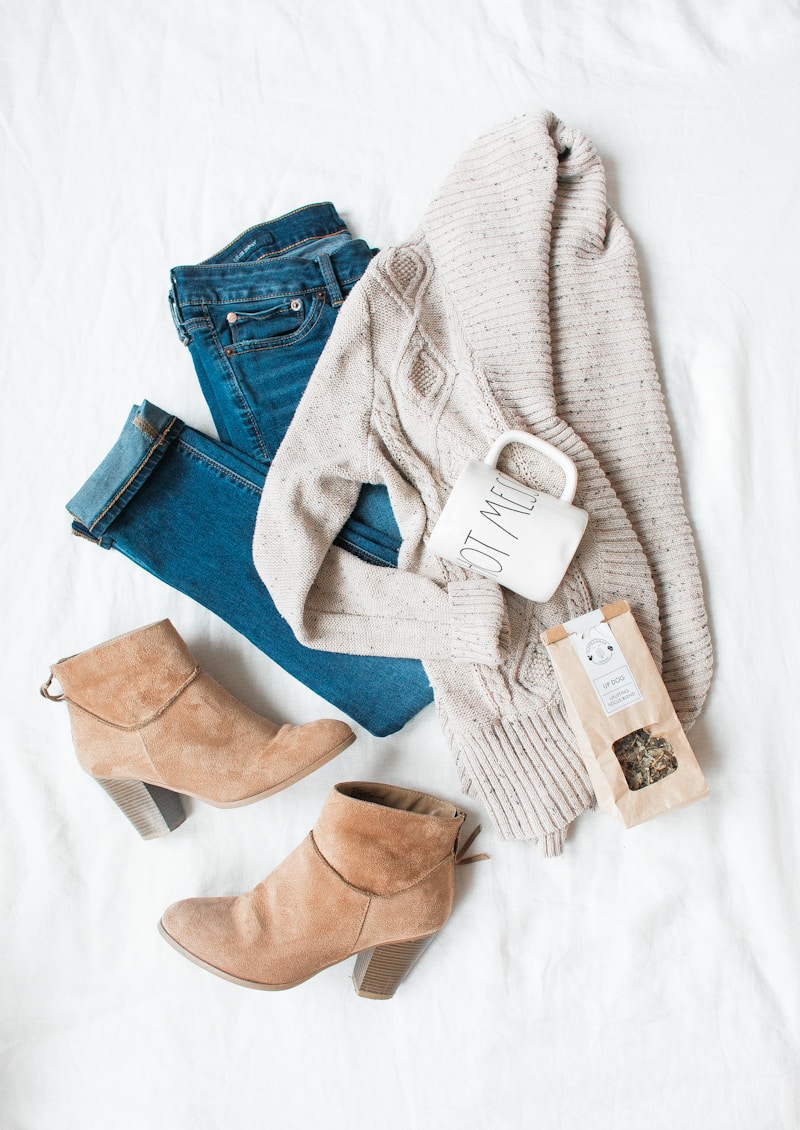Emotional Well-being in Dress Choices: How Your Clothing Affects Your Mood
Understanding the Connection between Dress Choices and Emotional Well-being
In today's fast-paced world, the clothes we wear are not just about fashion; they significantly impact our emotional well-being. This article delves into the intricate relationship between dress choices and how they influence our mood, confidence, and overall mental health. We will explore various aspects, including the psychology of color, the symbolism of clothing, and practical tips for making better dress choices to enhance emotional well-being.
The Psychology of Color and Emotions
One of the first elements to consider in dress choices is color psychology. Different colors evoke different feelings and can influence our mood. For example:
| Color | Emotional Impact |
| Yellow | Happiness, warmth, and cheerfulness |
| Blue | Calmness and tranquility |
| Red | Passion and excitement |
| Black | Power and sophistication |
| Green | Balance and relaxation |
Wearing colors that resonate with your emotional needs can enhance your mood. For instance, if you're feeling down, incorporating yellow into your outfit might uplift your spirits. Conversely, if you're seeking focus, wearing blue can create a sense of calm that aids concentration.
The Symbolism of Clothing
Beyond color, the symbolism attached to certain clothing styles can also influence our emotional states. Certain outfits can evoke feelings of nostalgia, confidence, or even anxiety, depending on personal experiences and societal norms. For example, wearing a formal suit might instill a sense of confidence and authority, while casual attire could promote a sense of comfort and relaxation. Understanding the power of clothing symbolism allows individuals to make more informed dress choices that align with their emotional well-being.
How Dress Choices Affect Confidence Levels
Confidence plays a crucial role in emotional health, and our dress choices can significantly impact our self-image. Studies have shown that people who dress well tend to have higher self-esteem. Why? Because wearing clothes that fit well and reflect our personal style can make us feel more capable and empowered. Here are some tips to boost your confidence through clothing:
- Choose the Right Fit: Ensure your clothes fit well, as ill-fitting clothing can lead to discomfort and lower confidence.
- Embrace Your Personal Style: Don’t just follow trends; wear what makes you feel authentically you.
- Accessorize Mindfully: Thoughtfully chosen accessories can elevate your outfit and enhance your mood.
Comfort vs. Style: Finding the Balance
Another aspect to consider is the balance between comfort and style. Sometimes, we sacrifice comfort in pursuit of aesthetics, which can lead to discomfort and distraction throughout the day. Choosing clothing that is both stylish and comfortable is essential for emotional well-being. Here are some suggestions:
- Select Breathable Fabrics: Natural fabrics such as cotton or linen can keep you cool and comfortable.
- Opt for Layering: This allows you to adjust your outfit based on your comfort level throughout the day.
- Prioritize Comfort in Work Attire: Look for business-casual clothing that is stylish yet comfortable enough for long hours.

Seasonal Changes and Dress Choices
Seasons affect our clothing choices, which in turn influence our emotional well-being. The change from summer to winter can be particularly challenging for some, as it often leads to a change in wardrobe and, consequently, a shift in mood. Here are some strategies to maintain emotional well-being throughout seasonal transitions:
- Embrace Seasonal Colors: Incorporate seasonal shades in your wardrobe that resonate with the time of the year to help match your mood.
- Invest in Layering Pieces: Layering allows you to adjust to variable temperatures and maintain comfort.
- Mix Old and New: Combine old favorites with new pieces to maintain familiarity while introducing freshness.
Practical Tips for Enhancing Emotional Well-being through Dress Choices
To wrap up, here are some practical tips for enhancing your emotional well-being through conscious dress choices:
- Keep a Capsule Wardrobe: A curated selection of versatile clothing can reduce decision fatigue and simplify daily choices.
- Plan Your Outfits: Setting aside time to plan your outfits for the week can foster a sense of control and reduce morning stress.
- Reflect Your Mood: Let your clothing express how you feel; don’t hesitate to wear bold patterns if that mirrors your energy.
- Seek Inspiration: Follow fashion blogs or social media accounts that promote positivity and emotional well-being.
Conclusion
In conclusion, our dress choices significantly contribute to our emotional well-being. By understanding the psychological impact of colors, the symbolism behind clothing, and the importance of comfort and style, we can make more informed decisions about our attire. By consciously selecting clothing that elevates our mood, enhances our confidence, and reflects our individuality, we can foster better mental health and overall well-being. Remember, your outfit has the power to influence your day—choose wisely!
Note: While choosing clothing can enhance emotional well-being, it’s also essential to maintain a broader perspective on mental health. Combine your dress choices with other wellness practices such as exercise, mindfulness, and social connections for a holistic approach to well-being.